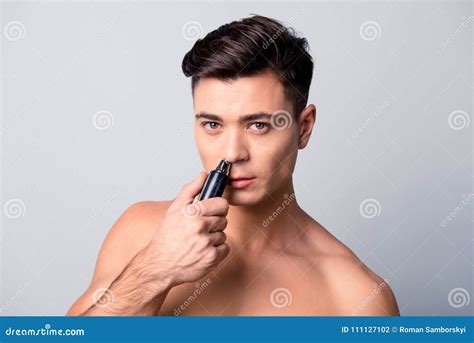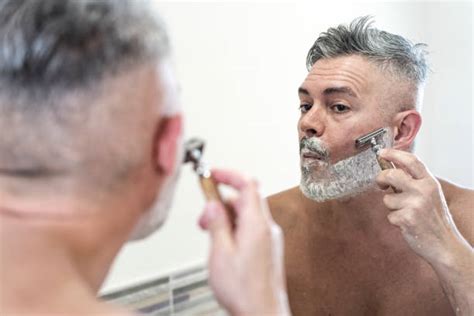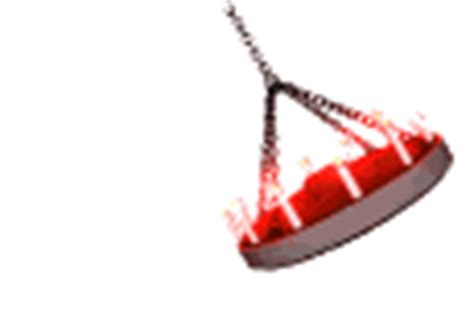How to eliminate razor burn for a consistently sharp, irritation-free professional look?
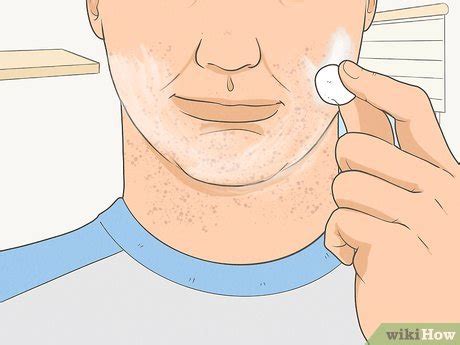
Understanding the Foe: What is Razor Burn?
Razor burn is an irritating skin condition characterized by redness, stinging, tenderness, and sometimes small red bumps that appear after shaving. It’s often mistaken for razor bumps (pseudofolliculitis barbae), which are ingrown hairs, though the two can coexist. Razor burn primarily results from poor shaving technique, a dull blade, dry shaving, or shaving against the grain, all of which strip away the skin’s protective outer layer, leading to inflammation and discomfort. For professionals, this unsightly irritation can undermine an otherwise polished appearance.
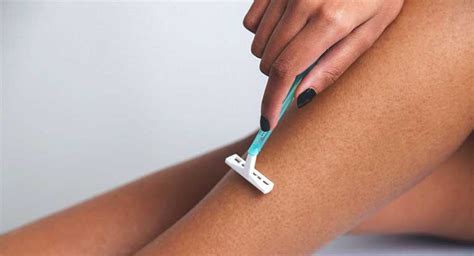
Pre-Shave Preparation: The Foundation of a Smooth Shave
The secret to an irritation-free shave begins long before the blade touches your skin. Proper preparation softens the hair follicles, making them easier to cut, and prepares the skin for the trauma of shaving.
- Cleanse Your Skin: Start with a warm shower or wash your face with a mild facial cleanser. This opens up pores, removes dirt, oil, and dead skin cells, and softens the hairs.
- Exfoliate Gently: Once or twice a week, use a gentle face scrub to remove dead skin cells that can trap hairs and lead to ingrowns. Avoid harsh scrubs, especially just before shaving if your skin is sensitive.
- Apply a Pre-Shave Oil or Cream: A quality pre-shave product creates a protective barrier between the blade and your skin, providing extra lubrication and conditioning the hairs.
- Lather Up with Quality Shave Cream/Gel: Use a rich, moisturizing shave cream or gel (not foam from a can, which can dry out skin). Apply it evenly with a brush or your fingers, letting it sit for a minute or two to fully soften the hair.
Mastering Your Shaving Technique
Your technique is paramount to preventing razor burn. Sloppy or aggressive shaving is a direct ticket to irritation.
- Use a Sharp Blade: This cannot be stressed enough. A dull blade tugs at hairs, causing irritation and requiring multiple passes. Change your razor blade every 5-7 shaves, or sooner if you feel any pulling.
- Shave with the Grain: Always shave in the direction your hair grows. While shaving against the grain might give a closer shave initially, it significantly increases the risk of razor burn and ingrown hairs. For areas where hair grows in multiple directions, be mindful of each section.
- Apply Light Pressure: Let the razor do the work. Pressing down too hard doesn’t make the shave closer; it only increases friction and skin irritation.
- Rinse Your Blade Frequently: Keep your blade clear of hair and shaving cream by rinsing it under warm water after every one or two strokes. This ensures a clean cut and prevents clogging.
- Minimal Passes: Try to achieve a clean shave with as few passes as possible. Repeated passes over the same area are a common cause of irritation.

Post-Shave Care for Soothing and Protection
What you do immediately after shaving is just as important as your preparation and technique.
- Rinse with Cold Water: After shaving, splash your face with cold water. This helps to close pores, soothe the skin, and reduce inflammation.
- Pat, Don’t Rub: Gently pat your skin dry with a clean, soft towel. Rubbing can irritate newly shaved skin.
- Apply an Alcohol-Free Aftershave Balm: Avoid aftershaves with high alcohol content, as they can dry out and sting your skin. Opt for a soothing, hydrating balm containing ingredients like aloe vera, witch hazel, or chamomile to calm and moisturize.
- Moisturize: If your aftershave balm isn’t sufficiently moisturizing, follow up with a light, non-comedogenic facial moisturizer to keep your skin hydrated throughout the day.
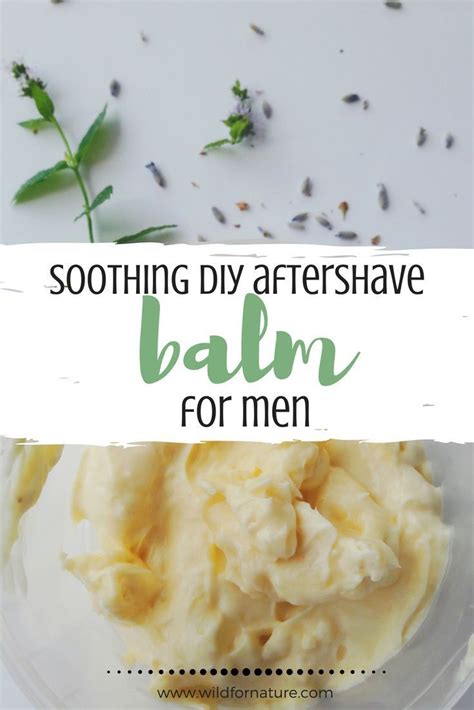
Long-Term Solutions and Advanced Tips
For persistent razor burn, consider these additional strategies:
- Experiment with Razors: While multi-blade razors can be effective, some individuals find a single-blade safety razor or a high-quality electric shaver reduces irritation by minimizing blade contact with the skin.
- Allow Skin to Recover: If you’re experiencing severe razor burn, give your skin a break from shaving for a day or two to allow it to heal.
- Address Ingrown Hairs: If ingrown hairs are a recurring issue, incorporate products containing salicylic acid or glycolic acid a few times a week (but not immediately after shaving) to help exfoliate and prevent hair from curling back into the skin.
- Hydrate from Within: Drinking plenty of water keeps your skin healthy and resilient, which can indirectly contribute to better shaves.

Conclusion
Achieving a consistently sharp, irritation-free professional look is entirely within reach with the right approach. By dedicating time to proper pre-shave preparation, refining your shaving technique, and committing to attentive post-shave care, you can effectively eliminate razor burn. Embrace these practices, and you’ll not only look the part but also feel confident and comfortable in your own skin, ready to tackle any professional challenge.
